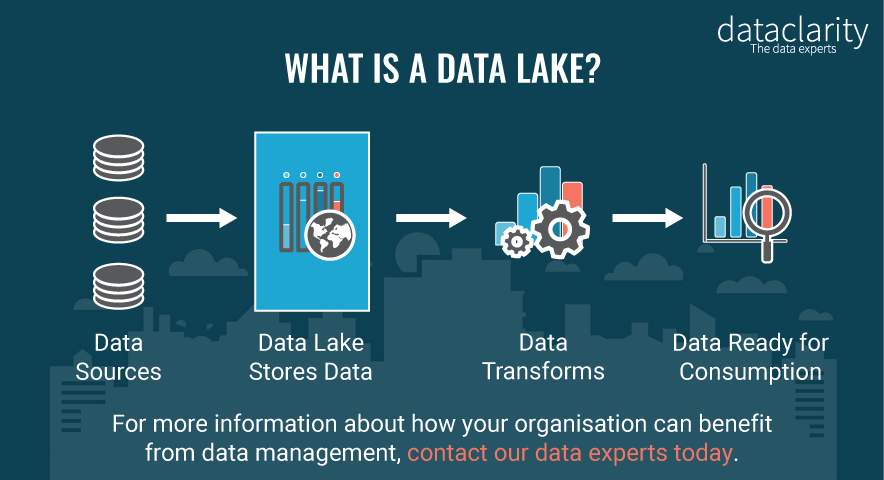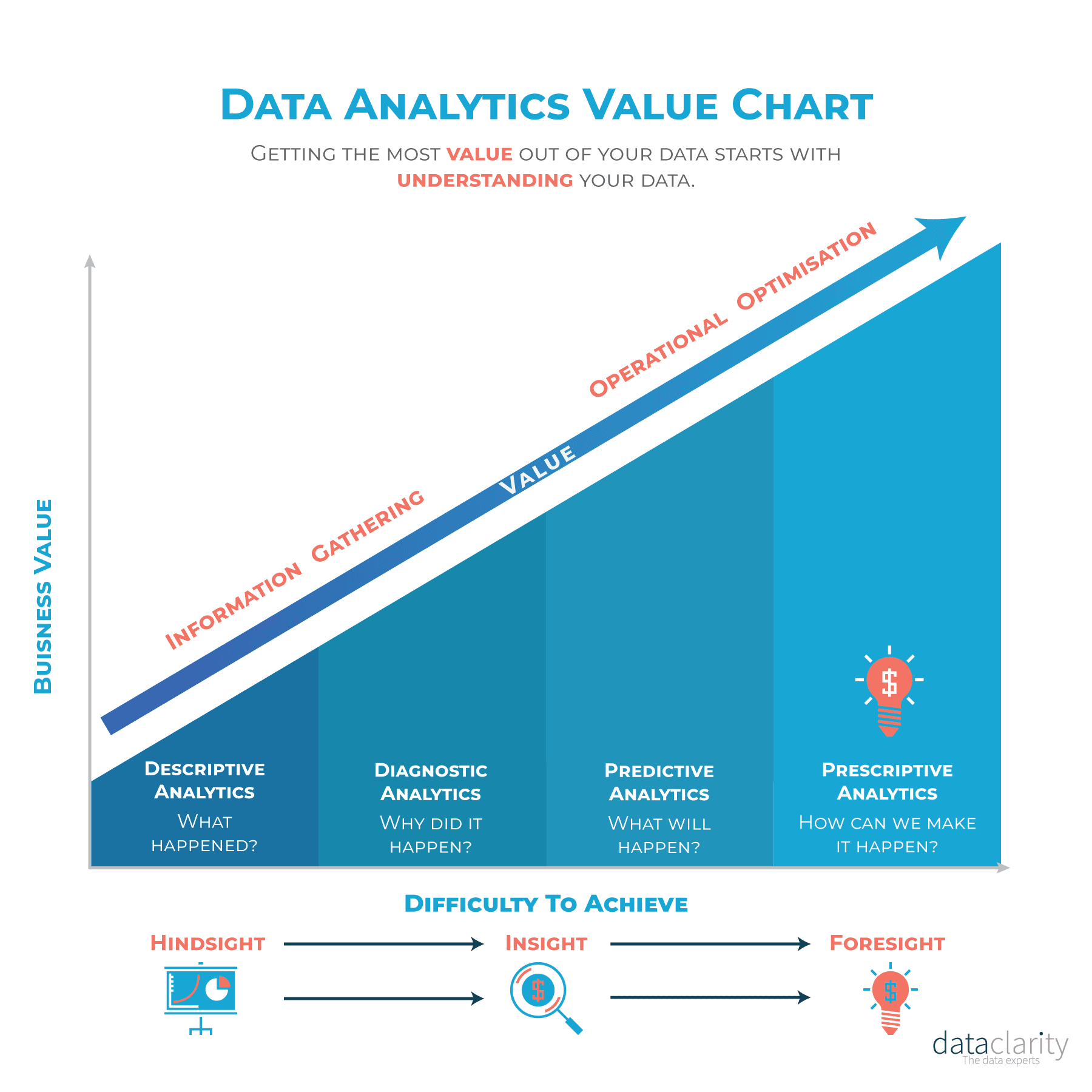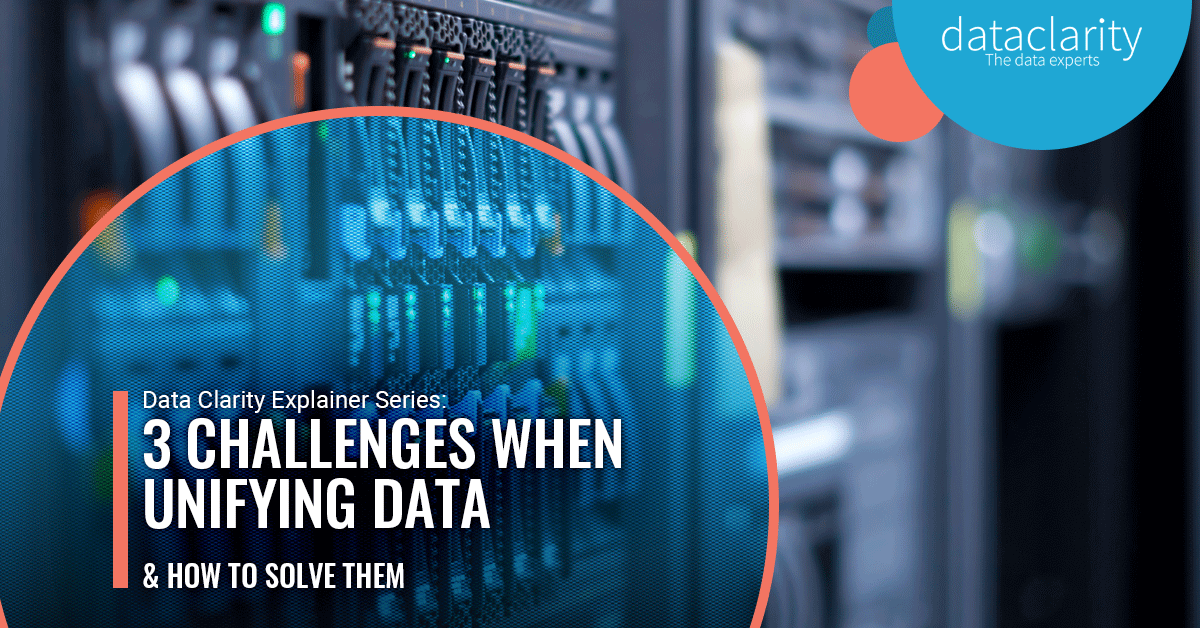3 challenges when trying to unify data and how to solve them
17th February 2021
The volume of data across most organisations doubles every year, so data issues grow and compound, and the challenge to manage databases grows. Increasingly, organisations are finding it difficult to unify data across systems such as e-commerce platforms, customer relationship management, warehouse management, finance, product management, resource planning and EPOS – to name but a few.
This makes it difficult to easily extract and present the necessary data required for operational reporting and insight generation.
To attain real value out of data analytics, organisations need to consider aggregating their data across disparate systems into a single, unified view throughout the organisation. Once in place, businesses will gain true insights which will be key to strategic decision-making.
The value of maintaining good quality data on your business, your clients, prospects, inventory, products and suppliers should not be underestimated. It is not just about knowing your customers but truly knowing ‘Who, What, Where, When, and Why’ consumers spend their money.
Relevant and timely data provides the evidence that supports strategic decision-making which leads to effective customer engagement strategies and informs what to make, where to sell and how your suppliers perform through accurate real time insights.
In this article, we are going to take a look at the challenges companies face with unifying data and ensuring data quality at scale (and discuss how to improve your current processes).
What Is Data Unification?
Businesses stand to gain incredible value from their data. But only if this data is utilised properly and maintained to ensure high quality. Unified Data helps organisations accomplish this, but what exactly is Unified Data Management (UDM)?
UDM describes the process of consolidating disparate data sources to create a single data narrative within a data warehouse. Siloed data obfuscates the bigger data picture and prevents data from being effective and actionable.
For more on what Unified Data is, read our explainer article here.
With data unification, you can witness all sorts of benefits such as improved customer experience, better account retention rates, and an increase in revenue.
However, there are hurdles businesses must clear to achieve unified data.
Creating a Single Source of Truth
As noted earlier, managing data normally consists of teams using several software tools needed for their day to day roles. For example, you may use CRM, email marketing tools, ERPs, and so on. Each of these programs captures data in its own unique way.
Organisations will also likely need to consider third party data, or data available from external sources, used for validation, updates, and data enrichment. The challenge is to organise everything into a single source to make it accessible to those who need it in a timely manner.

The solution: Adopt a customer data platform that organizes and stores data from multiple sources into one centralized source of truth for your organization.
Data Silos
We often find that the various departments of organisations work in silos – both structurally and with the data they collect. The impact this has on a company’s ability to use that data is two-fold. Without considering data quality, potentially valuable data insights and actionable intelligence are fragmented and lost across the company. We write about this topic at length here.
One of the benefits of unified data is that it enables your teams to work together across departments. Silos, on the other hand, can make it difficult for your company to reach goals that require the help of multiple departments.
When there is a disconnect between departments, you will continue to battle with achieving revenue goals.
To attain real value out of data analytics, companies need to consider aggregating their data across disparate systems into a single, unified view throughout the organisation. Once in place, organisations will gain true insights which will help plan customer retention strategies – including personalised offers, pricing and stock decisions.
The solution: Re-connect your departments by utilising a unified data platform that removes data silos and frees your data up to be of utilised where it is needed throughout every part of your organisation.
Ensuring Clean Data
Customer data also comes with another issue: maintaining accuracy. Data unification is about more than placing information into a single platform.
The reason data cleaning is important is to ensure that we achieve high data integrity. Data integrity is vital because it is the only way of ensuring that we have high quality data to make decisions upon.
It does not take long for data to become stale and outdated. Asking your workers to take the time to fact check all customer data inside of your platforms is time-consuming, expensive, and leaves room for error.
Put simply, since our decisions are typically based on data sets, if the data is of poor quality, our decisions will be too. Data integrity is critical as it allows us to have high quality data, leading to better quality decisions.

The solution: With a unified data platform and data integration tools, you can eliminate this issue since they can automatically update information to improve accuracy. A solution should also identify duplicates when consolidating data.
Final Thoughts
There’s no reason to continue dealing with the pitfalls of data disorganisation. If you are ready to propel your business forward with unified data, then we highly recommend using a Unified Data as a Service data platform.
Data Clarity’s data integration solutions provide a scalable, complete data integration platform. The platform allows users to extract data from multiple sources, transform it and load (ETL) the data to any system – compatible with both third-party and Data Clarity’s suite of analysis tools – to deliver faster time-to-value and reduced IT risk.
The integrated platform delivers a wide range of data quality capabilities from data profiling, standardisation, matching and enrichment to active data-quality monitoring. Find out more about our data integration solutions here.
Want to learn more? Download our latest whitepaper: Can you Trust your Data? A guide to understanding your data and building a security strategy.
